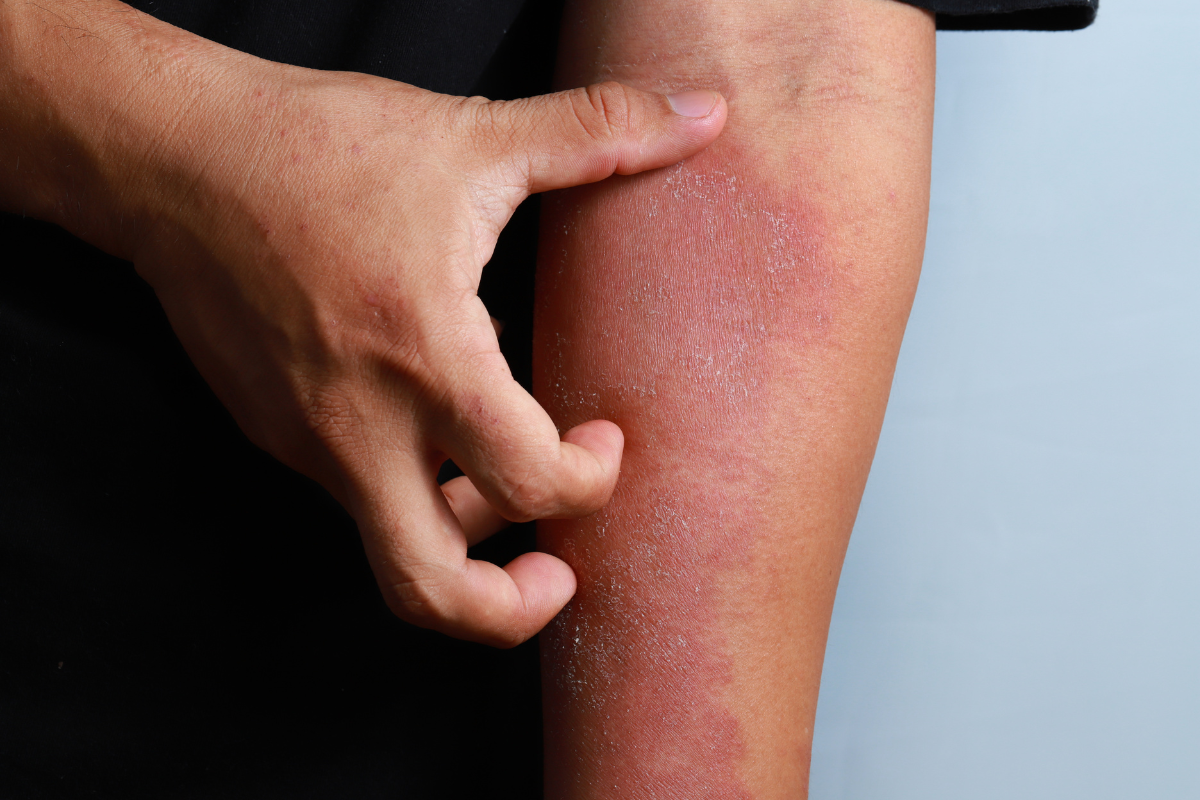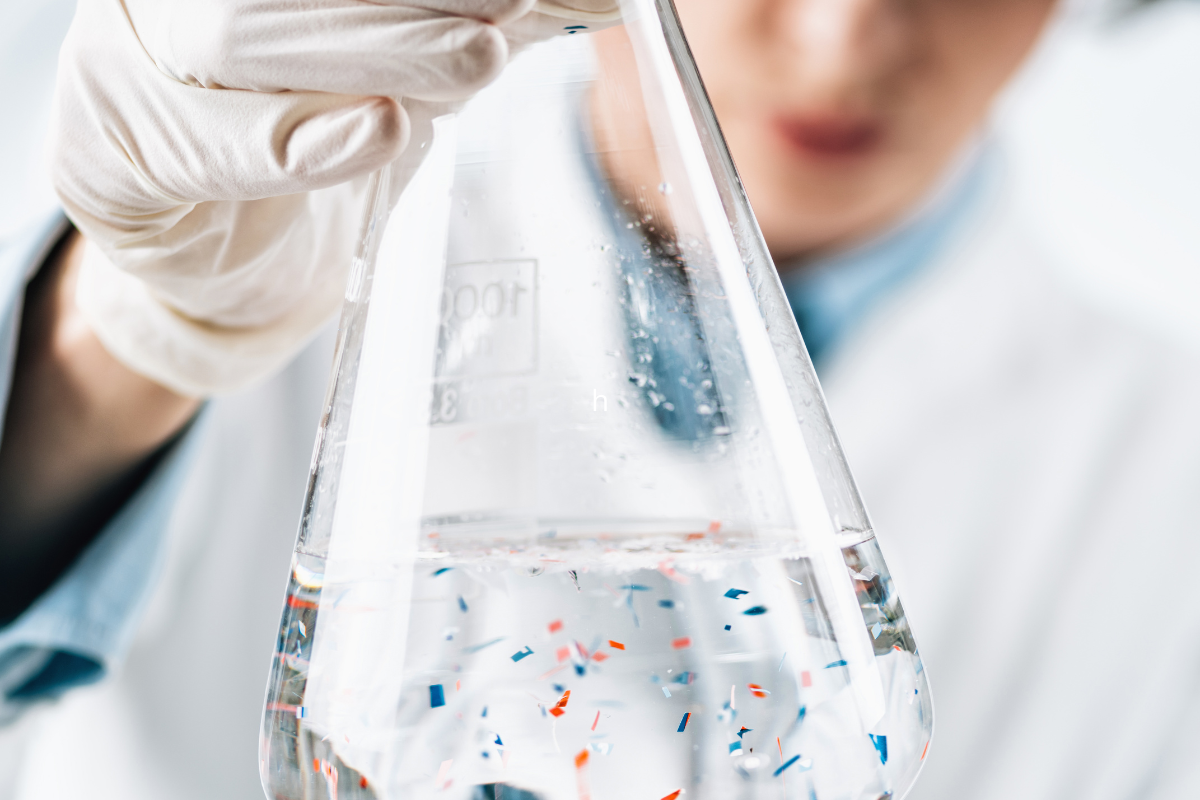How to Clean Soap scum
Soap scum is one of the most frustrating things in the world. Traditional cleaners don’t seem to touch it. If it has built up sufficiently, you can go after it with a scrub brush for twenty minutes and it won’t budge. Why is it so stubborn? It’s just soap, isn’t it? Actually, there’s a little more to soap scum than that. Let’s discuss what actually causes this residue. We’ll also offer a few DIY cleaning methods, plus one solution that works nearly 100% of the time without any effort at all.
What is Soap Scum?
Soap scum is not just soap that has dried on your shower glass or tile. It is soap that has mixed with dirt, oil, and hard minerals in the water. It is these minerals that actually contribute the most to soap scum.
After all, soap is designed to interact with dirt and oil, effectively trapping them and washing them away down the drain. It is not meant to interact with calcium and magnesium, however. These hard minerals bind with the soap and whatever it has trapped. Some gets washed down the drain, but any that is splashed onto surfaces will build up over time into the sticky white layer we know as soap scum.
How Do You Know If You Have Hard Water?
The presence of soap scum in your shower is a good indication that you have hard water, but there are other ways you can tell:
- You may notice poor lathering of your soap or that you need to use more of it than before
- There may be limescale on your faucets and around drains
- The heating element of your dishwasher could also have limescale
- Skin could feel dry or itchy, as hard minerals can disrupt the natural skin barrier
- Your utility bill may be higher, especially the water bill
- Your water tastes different. Hard water has a distinct, metallic and bitter flavor.
Remove Soap Scum DIY
There are a couple tried-and-true DIY techniques for removing soap scum. They still require a fair amount of elbow grease, but they do the trick:
Wet Dryer Sheets
This is one of our favorite home methods for getting rid of soap scum on glass shower doors. Simply wet a couple dryer sheets, then scrub at the spots in a firm, circular motion. You will trade the soap scum for a residue from the dryer sheets. However, this should come off easily with a traditional spray cleaner and paper towels.
Vinegar and Dish Soap
Dish soap is an excellent all-purpose cleaner. As a detergent, it is efficient at trapping dirt and oils, which are a large component of soap scum. The vinegar is a light acid, which helps to dissolve the hard mineral particles.
This method works best with a spray bottle. Simply combine equal parts of water and vinegar, then shake in a tablespoon of liquid dish soap. Spray on the areas you want to treat and let it sit for 15 minutes. Then scrub and rinse with warm water. Thoroughly dry the glass with paper towels or a squeegee.
Vinegar and Baking Soda
A paste of vinegar and baking soda is one of the old workhorses in DIY household cleaning. It can work for soap scum, but you need a fair amount of it and you’ll need to let it sit for at least 15 minutes. Mix equal amounts of white vinegar and baking soda into a paste. Let it stop fizzing before you apply it to the soap scum. Wait 15 minutes, then scrub at it with a good sponge or brush. Rinse with warm water and thoroughly dry the area.
Preventing Soap Scum
The problem with these DIY soap scum cleaning methods is that they are temporary. For starters, they both use the same water that is causing the scum to form in the first place. And the second method uses soap and hard water, which is the exact recipe for scum. If you were to leave it alone for too long, you could wind up with an even worse film!
And then there is the fact that you will need to use the shower or tub again. You ultimately have 3 options when it comes to soap scum:
- Clean the shower or tub after every use
- Look forward to a labor-intensive scrub down a few times a month
- Treat your hard water so you don’t have soap scum in the first place
Out of those options, we’re liking the third a lot.
How Do You Treat Hard Water?
Treating hard water is as easy as installing a high quality water softener. These systems use salt to remove hard minerals from your water. What’s more, they offer plenty more advantages than just soap scum prevention:
Hair and Skin
You will notice an immediate difference in the look and feel of your hair and skin. Hair will look shinier without the soap and mineral build-up, and your skin will feel fresher and less “stripped.”
Clothes
That hard water is mixing with the detergent used to clean your clothes, too. Once it is softened, clothes will feel softer and last longer.
Drinks
Drinks made with hard water, including coffee and tea, can take on the metallic flavor it often has. Soft water offers a neutral base for all your favorite beverages.
Appliances
Not only will your appliances be rid of unsightly limescale from hard water, they will also run more efficiently. This can translate to lower electric bills and less frequent repairs. In other words, soft water saves you money.
Water Softener Installation Colorado
Hard water is measured in “grains per gallon,” or gpg. While everyone can benefit from a water softener, it is especially important if your water contains 7 gpg or higher of dissolved hard minerals. In Colorado, Aurora, Northglenn, Westminster, and Federal Heights all test at 7.0 or above for water hardness. Golden is close at 6.7 gpg, and Castle Rock measured 6.0 in 2023.
If you are noticing signs of hard water in your home in Colorado, contact The WaterPros. We are Colorado’s leading experts in water softeners, UV filtration, and reverse osmosis systems. We provide services all over the state so our fellow Coloradans can enjoy clean, soft water. Call or
go online today to get started.









